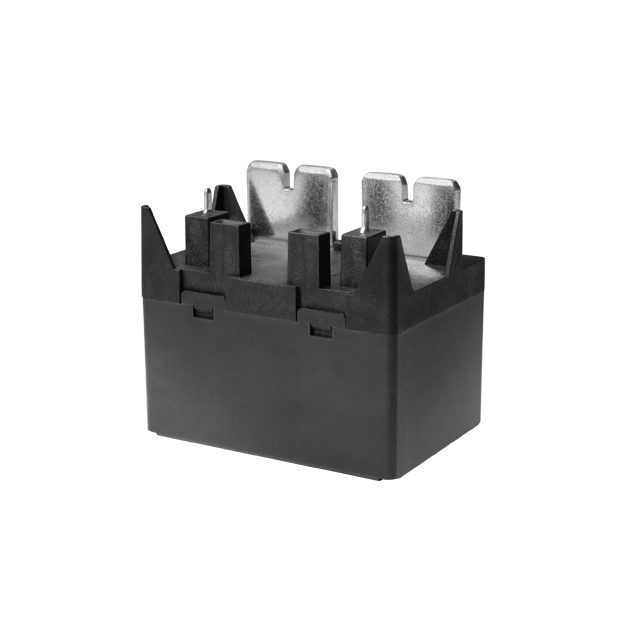relay safety features: ensuring protection and reliability in electrical systems
Release time:2025-10-28 07:07:06
Relays are integral components in modern electrical systems, serving as switches that control the flow of electricity to different parts of a circuit. While relays are essential for the smooth operation of a variety of devices—from home appliances to industrial machines—their safety features are what ensure the protection of the system, devices, and even people from electrical hazards. This article delves into the key safety features of relays, explaining how these devices play a critical role in maintaining safe and reliable electrical systems.

Overcurrent Protection
One of the most important safety features of relays is their ability to detect overcurrent conditions. An overcurrent relay monitors the current flowing through a circuit and disconnects the circuit if the current exceeds a pre-set value. This is crucial for preventing damage to electrical components, such as wiring, motors, and transformers, which can be severely damaged by excessive current. Overcurrent protection relays come in two primary types: instantaneous and time-delay. Instantaneous relays trip immediately when an overcurrent is detected, while time-delay relays allow for a brief delay before tripping, providing protection against short-lived current surges.

